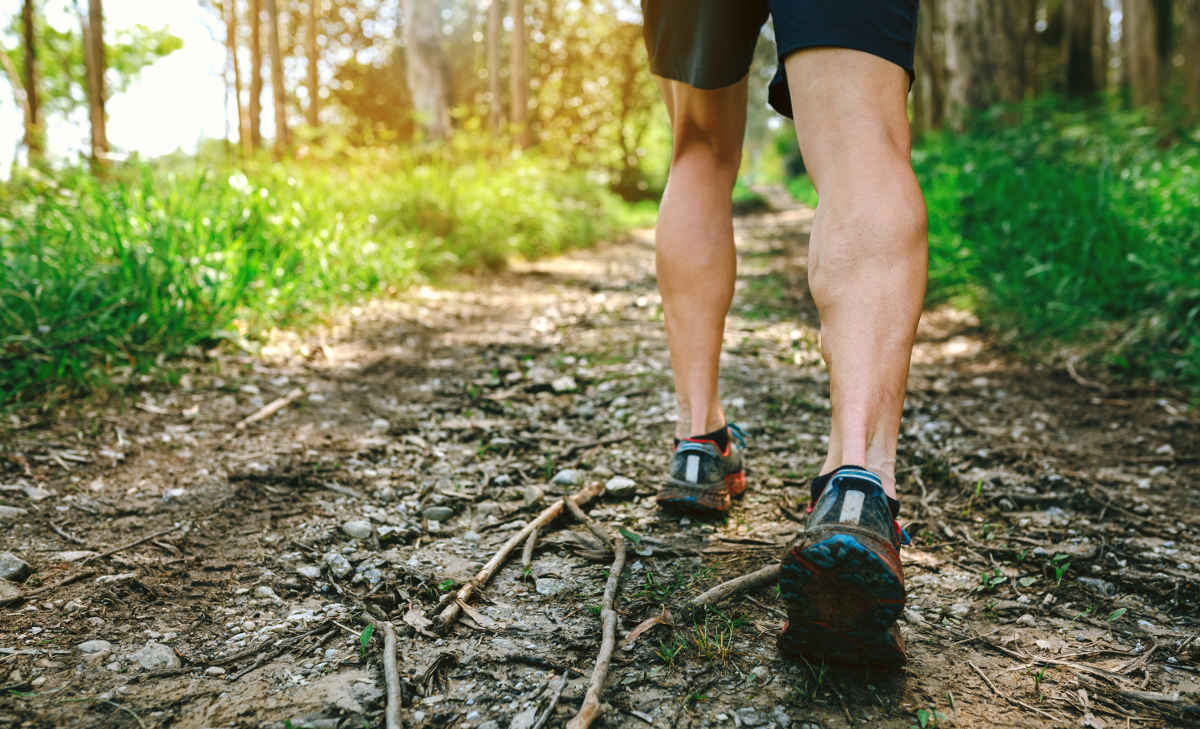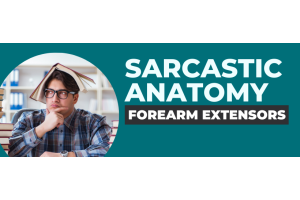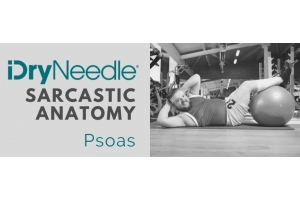

Scrabble score – 18
Plural – gastrocnemii. I dare you to use that in a sentence with your patients today.
Greek derivation – “gastro-“ = stomach; kn?m? = leg
Action - ankle plantarflexion, knee flexion, basically this...
Fun Fact - You may recognize this muscle from the 2004 blockbuster hit “Troy” when Brad Pitt (and his beautiful bronzed legs) portrayed Achilles, the distal attachment point of the gastroc/soleus on the calcaneus. Rumor has it, gastroc’s agent was more than a little disgruntled that the majority of the camera focus went to Pitt’s abs, chest, and face – while the hero’s namesake was merely provided tragic emphasis. Based on true events.
Moving on. This “leg stomach” may help us run, jump, walk, and stand; but anyone who has woken up with a calf cramp in the middle of the night knows none of that is worth it. Worst tummy ache ever.
As the bipennate diva of triceps surae, it is perhaps more importantly prioritized as one of the top 3 beach muscles as rated by self-absorbed gym goers and their bros. In fact, gym cohort studies suggest bicep, abdominal, pec, and gastroc gym mirror self-reflection accounts for 92% of wasted workout time.
Having a primarily fast-twitch fiber make-up, it seems gastroc is quick to anger as one of the more common contributors to plantar fasciitis, Achilles tendonitis, calf strains/tears, and ankle sprains. While these orthopedic conditions range from mild to debilitating and acute to chronic; the more astringent high school peer-based classification of “chicken legs” is likely the most hurtful.
But to be as fair as possible with my clinical assessment of the gastrocnemius + soleus complex, I went old school with a pad and pen “Pros v Cons” list.
-Cons-
1) Gastroc/soleus dysfunction can contribute to everything from foot, ankle, lower leg, knee, hip and back pain. This Khaleesi is trying to rule the 7 kingdoms of lower quadrant pain – and for anyone who runs higher mileage, wears high heels, or sits at a desk…winter has come.
2) For how much credit we give the calf complex as the resilient locomotive generator of productive ambulation; calf strain/tear mechanism is typically something like putting on your skivvies, sneezing, or tripping over a children’s toy. And if you think these freak occurrences don’t disparage the muscle’s integrity – try doing 20 single leg heel raises without cheating, or passing gas. Not the durable muscular complex you initially thought, huh?
3) It seems this region is immune to hypertrophy training. Gastroc contains the unique ability to atrophy overnight with ANY cast wear or surgery and even with the most diligent conditioning focus takes 2 years to restore full muscle mass.2 Even serious gym goers complain about lacking “gainz” of the gastrocnemius. Example 1 – that dude who just spend 20-30 mins doing calf raises at the gym = still lack the mass he yearns for…and he's tried everything.
4) Similar to the mass-building challenges of #3, the same can be said for difficulty improving flexibility of this group. There are support groups for those who have self-diagnosed calf tightness, yet static stretching for 2-3 hours/day has done little to improve mobility. Gastroc/soleus hangs on like a stubborn kiddo who doesn’t want to get out of a car seat.
-Pros-
1) Slender lower leg muscles allow hipsters to more easily don their skinny jeans.
2) Gastroc/soleus development allows for wear of higher tube socks without drooping inferiorly. Although if you lack this development, I suppose this just became another “con”.
3) Pivotal for jumping rope.
4) Tip-toe function allows for sneaking up on people, reaching the top shelf of mugs, and putting the star on your Christmas tree.
On a more serious note (there has to be something productive from this whole narration, right?) – the gastroc is a muscle regarded highly in clinical practice as being involved with many pathodiagnoses. As a two-joint muscular sling harnessing our posterior compartment, perhaps (just perhaps) the pain signals, tissue dysfunction, and chronic inflexibility are simply the “check engine light” for our lower extremity biomechanics and conditioning deficits. If static stretching has yielded little improvement in your lower leg or foot symptoms, consider eccentric conditioning, multi-joint biomechanical training, more proximal-focused stabilization (hip/pelvis), or footwear changes.
Here are a few things to try on your own –
1. Dynamic Single Leg Exercises
2. Glute Conditioning
3. Squat mechanics training
4. Eccentric Calf Work - against a wall with feet shoulder width apart, do a double leg heel raise. With both heels raised, shift all weight to your left leg (lift right toe off floor) and slowly lower until left heel touches floor. Continue with this "up on 2, down on 1" leg for 20 reps on left, then do the same on the right.
…but if you’ve given home remedies a try without success, it may be time to see a physical therapist. They will be able to evaluate, utilize various modalities (manual therapy, dry needling, shoe inserts), and prescribe correctives. Lower extremity conditions can be painful and very limiting, but can also resolve quickly with proper care. Because hopefully if this piece achieved one objective - it is to educate you on the importance of this plantarflexing, questionably resilient, tip-toeing, skinny-jeaned, movie star "leg stomach" that is - gastrocnemius.
As always, thanks for reading and feel free to follow us @iDryNeedle on (IG/Facebook) + @USdryneedling (Twitter), or our author Paul Killoren @DPTwithNeedles (iG/Twitter)!
References
1)Completely made up, et al.
2)Also made up, realistically it’s 6-9 months.









